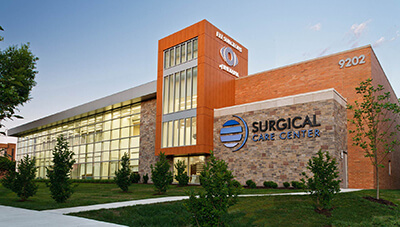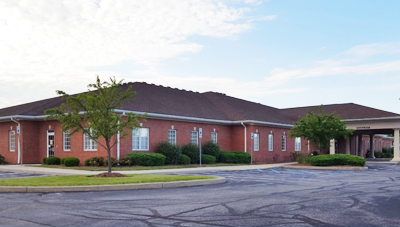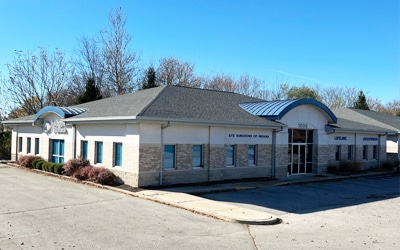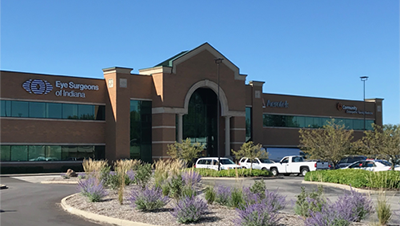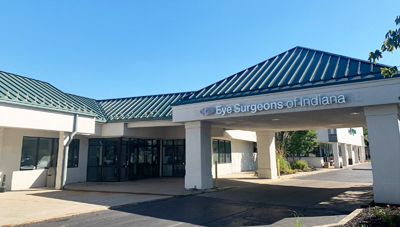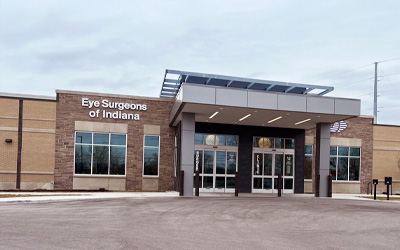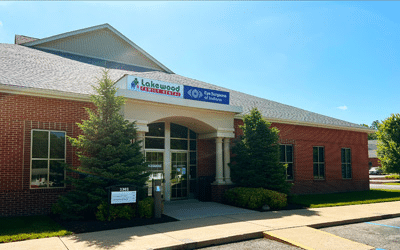Stages of Diabetic Retinopathy
Posted by: Eye Surgeons of Indiana in Eye Health
The Four Stages of Diabetic Retinopathy
Diabetic retinopathy is the leading cause of new cases of blindness in people aged 20 to 74 in the United States. Diabetic retinopathy is a disorder that develops if you have diabetes. This eye condition happens when blood vessels in the retina of your eye are damaged by high blood sugar levels. It is the most prevalent cause of vision loss and blindness among people with diabetes.
People in the early stages of the disease may be unaware that they have it since they are not experiencing any symptoms. So, it’s critical to learn more information on your condition.
Eye Surgeons of Indiana lists the stages of diabetic retinopathy below.
Mild NPDR (Non-proliferative Diabetic Retinopathy)
This is the earliest stage of diabetic retinopathy. It indicates that the small blood vessels in your retinas have tiny bulges. Microaneurysms are bulges in the arteries. They may cause little amounts of blood to seep into your retinas through the vessels.
You probably don’t have any vision problems at this point, so treatment for the eye isn’t necessary. Blood pressure, blood sugar, and cholesterol levels must all be kept under control. You may consult your doctor about ways or treatment to prevent your disease from worsening.
Also, you should schedule another screening test in a year. You have a 25% risk of developing to the third stage in the next three years if your optometrist or ophthalmologist diagnoses you with this condition in both eyes.
Moderate NPDR
This is a more severe stage of diabetic retinopathy. Your retinas’ blood vessels swell at this point. They may not be as effective at transporting blood as they once were and physical changes may occur to the retina.
Diabetic macular edema may occur from these changes. This happens when other fluids such as blood accumulate in the macula, the central portion of your retina. The macula is essential for straight-ahead vision, such as when reading or driving. It can lead to problems with this essential part of your vision if it swells.
When you reach this stage, the disease has a higher possibility of affecting your vision. At this point, your doctor may advise you to have an eye exam every 3 to 6 months.
Severe NPDR
This is a more advanced stage of diabetic retinopathy. Your blood vessels get considerably more clogged or blocked at this point. As a result, even less blood reaches the retinas and scar tissue forms. Your retinas receive a signal from the lack or loss of blood, urging them to build new blood vessels.
Macular ischemia occurs when the blood arteries in the retina close entirely. This might cause hazy vision or blurry vision.
There’s a high possibility that your vision will be impacted if you get to this stage. Treatment may be able to prevent further visual loss. However, if you’ve already lost any vision, it’s unlikely that it’ll return.
Proliferative Diabetic Retinopathy (PDR)
New blood vessels form in your retinas and the gel-like fluid fills your eyes at this advanced stage. Neovascularization is the scientific term for this type of development. These are weak and thin vessels and often bleed. Scar tissue may form as a result of the bleeding.
The retina can be pulled out from the back of your eye as the scar tissue gets smaller, which is called a retinal detachment. Because of this, both straight-ahead and side vision can be permanently lost.
Treatment of Diabetic Retinopathy
Various medications can either stop or delay the disease’s progression. The risk of blindness can be reduced with early treatment and follow-up checkups from an optometrist or ophthalmologist.
Eye Surgeons of Indiana has doctors and surgeons who can treat your eye disease with retinal damage treatment. Our tried-and-true medical therapies, the latest digital imaging equipment, specialty lenses, and cutting-edge lasers will provide solutions for your eye disease.
Contact us today at (317) 841-2020 or fill out our contact form to schedule an appointment.

